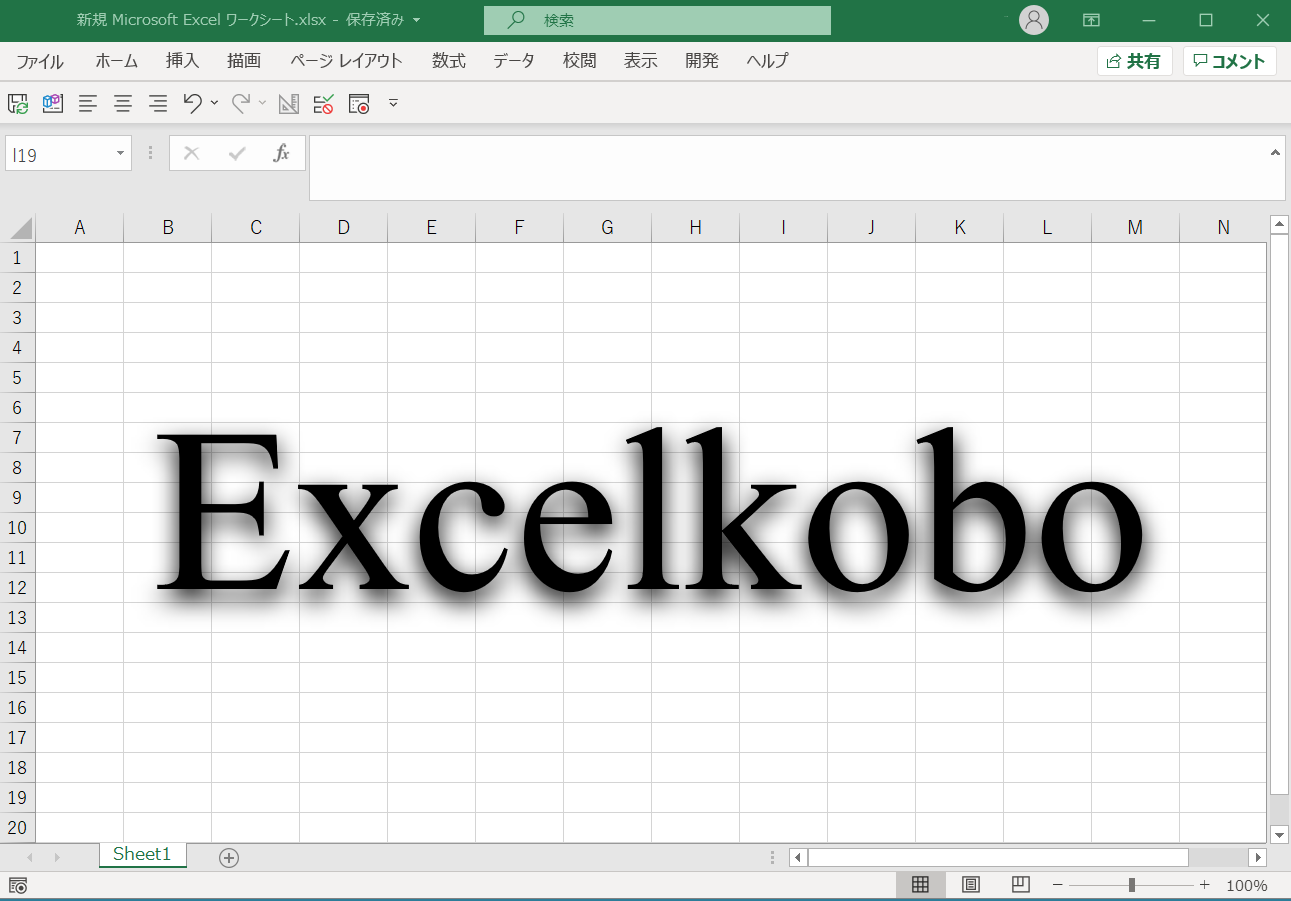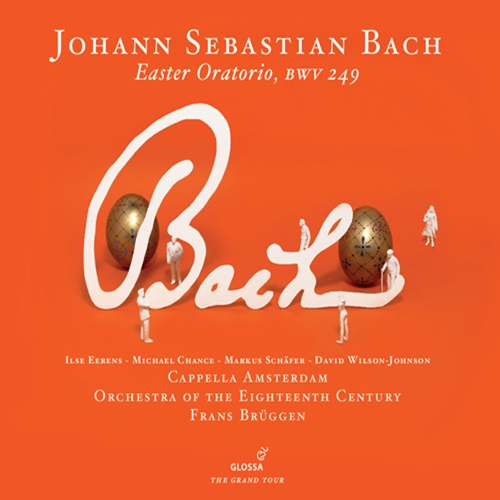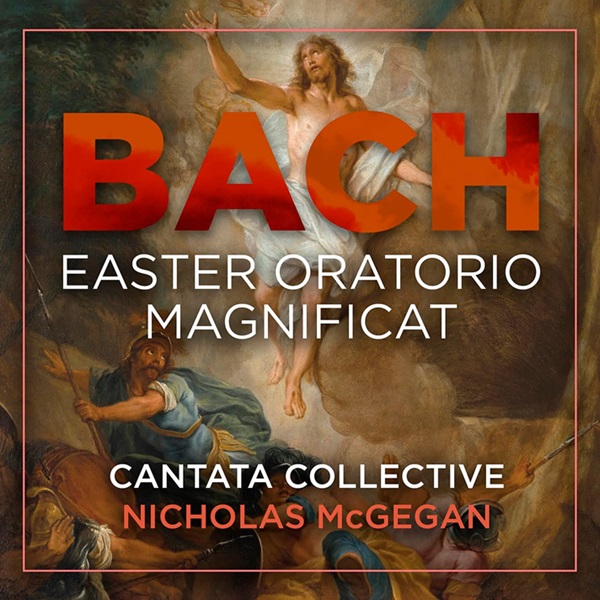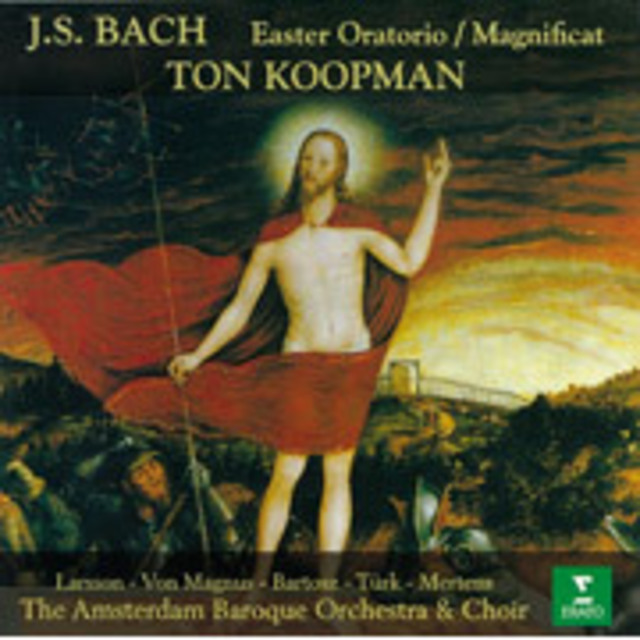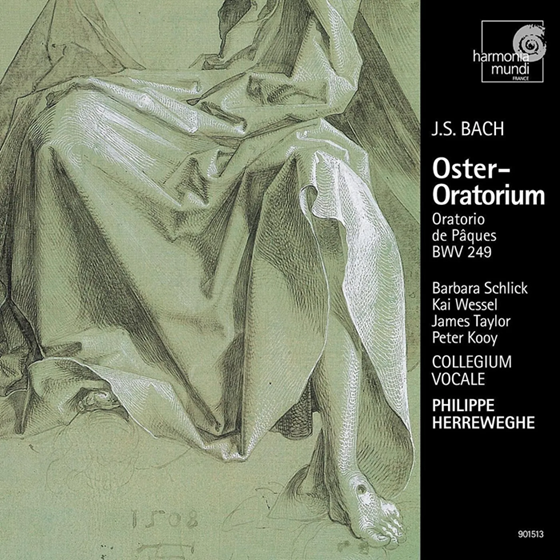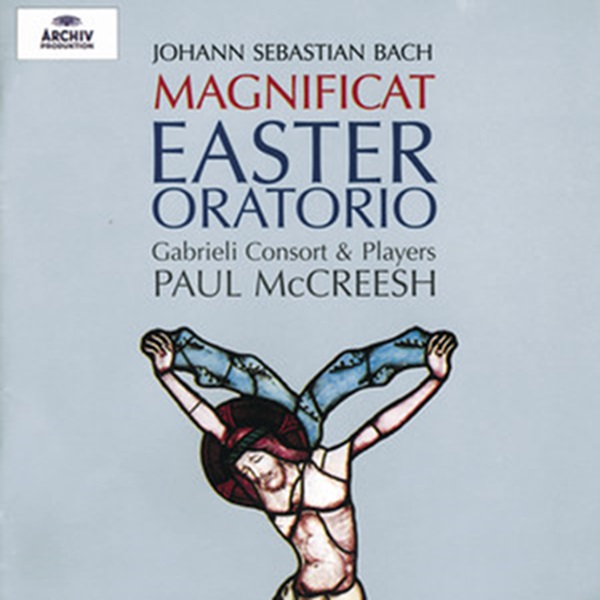Bach: Easter Oratorio “Kommt, eilet und laufet” / Masaaki Suzuki, Bach Collegium Japan, etc.
This time, I compared the following CDs of “Easter Oratorio”.
① Bach Collegium Japan, Masaaki Suzuki
② Orchestra of the Age of Enlightenment, Gustav Leonhardt
③ Orchestra Of The 18th Century, Frans Brüggen
④ English Baroque Soloists, John Eliot Gardiner
⑤ Cantata Collective, Nicholas McGegan
⑥ Amsterdam Baroque Orchestra, Ton Koopman
⑦ Collegium Vocale Gent, Philippe Herreweghe
⑧ Gabrieli Consort, Paul McCreesh
① has been talken in my post before. Only this group and ⑥ use the traverso as a solo instrument in the Adagio following the Sinfonia. The remaining ② to ⑤ and ⑦⑧ use the oboe. The movement in which the traverso plays a major role is the soprano aria “Seele, deine Spezereien” in the fifth movement, so I feel that the oboe would be the right choice here. The chorus “Kommt, eilet und laufet” in the third movement is written in two versions, one for four-part chorus and one for a tenor and bass duet, but all of the above groups use the four-part version. The Sinfonia in the first movement and the chorus in the third movement are very similar pieces, but Gardiner and Koopman use a slightly faster tempo, while the others seem to keep a more moderate tempo. Leonhardt sets the third movement at a slower tempo than the first movement, but why?
The aria “Seele, deine Spezereien” which could be called the highlight of this oratorio, is sung by Maria, Jacob’s mother. The flute obbligato is very attractive and beautiful. The bassoon is designated for the basso continuo, and the score states that when the cello or double bass are added, they should be played in pizzicato. It is difficult to choose a favorite among the performances of each group, but I think my favorite is the performance of ①. The tempo is clearly slower than the others, and the soprano voice is in good balance with the flute. The soloist, Yukari Nonoshita, delivers a moving performance with exquisite dynamism (messa di voce) and singing with reduced vibrato. The aria “Saget, saget mir geschwinde” sung by Mary Magdalene is sung by countertenors in ①, ②, ③, ⑤, and female mezzo-sopranos in ④⑥ and ⑧. The performance of ④ is fast overall, but this aria is by far the fastest. As for my personal preference, I think the singing of countertenor Kai Wessel in ⑦ and Robin Blaze (who often sings in BCJ) in ⑧ are the bests. In the final chorus “Preis und Dank”, all the groups play at a fast tempo, making the most of the gigue rhythm. Among them, only one, ③ (Frans Brüggen), chooses a slower tempo. ⑧ is a performance by so-called “One Voice Per Part (OVPP)”. #baroque #bach #oratorio #片山俊幸

